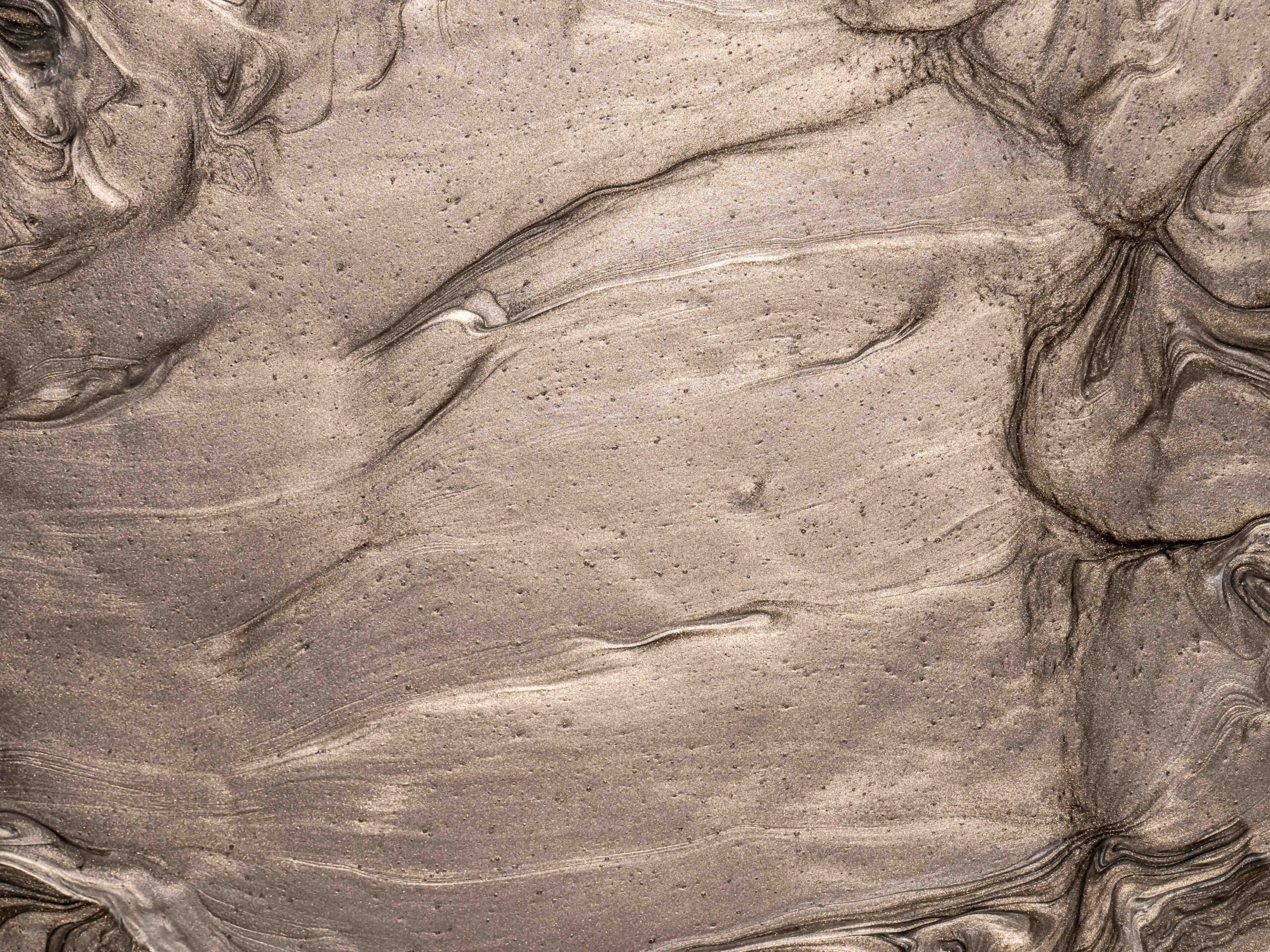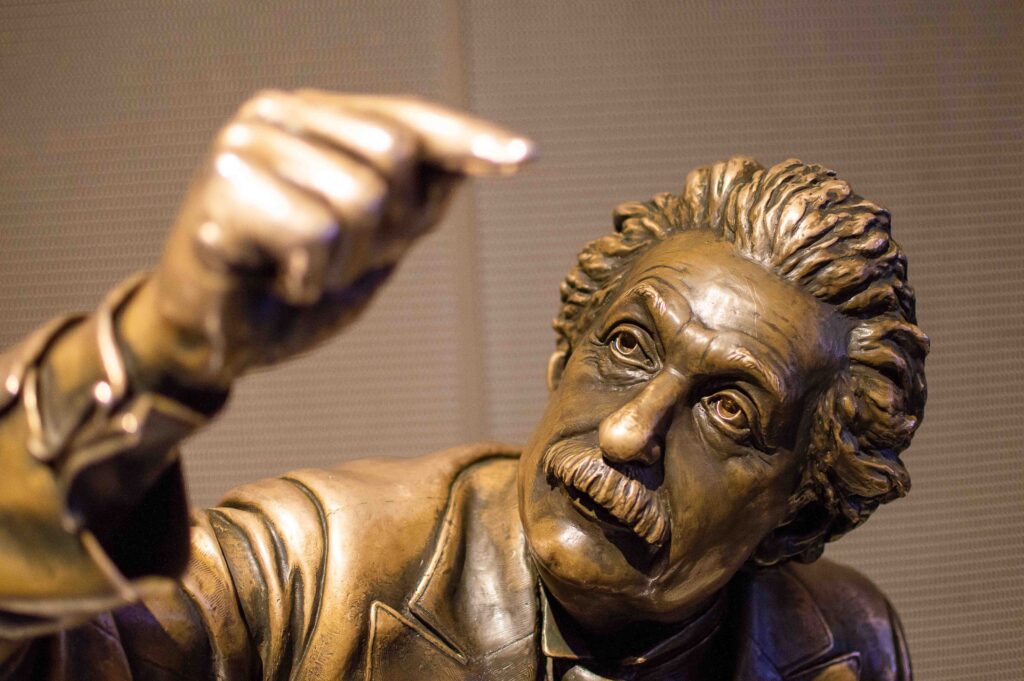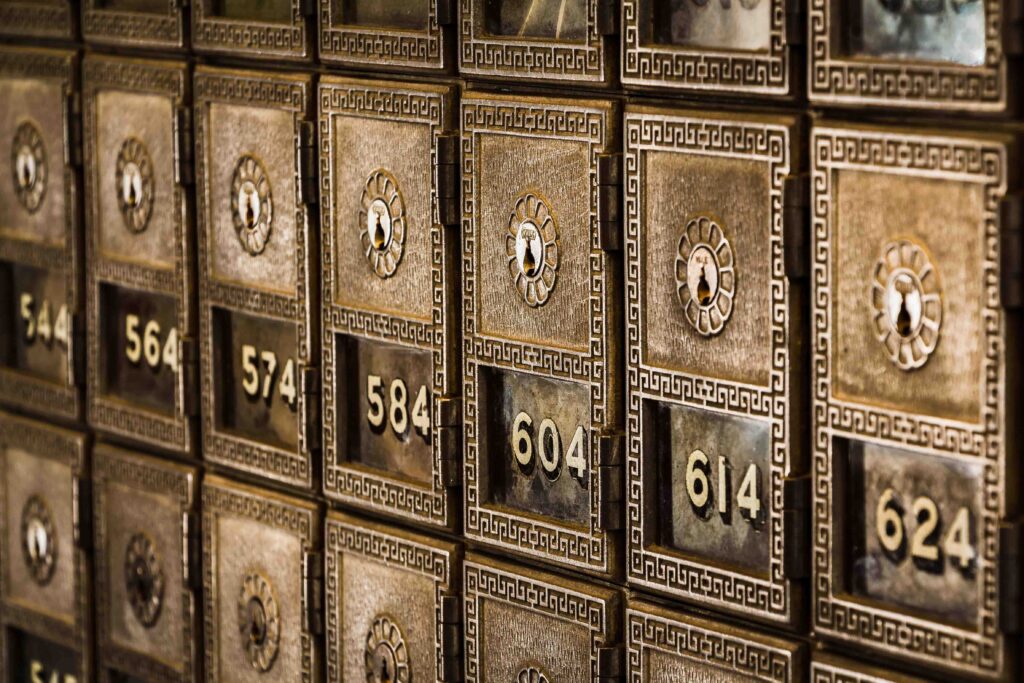Bronze is one of humanity’s longest-standing creations, having been used since ancient times and continues to thrive today. Made from copper and tin, a mixture that often includes other metals such as aluminum or zinc in modern formulae, this unique alloy has seen widespread application throughout history; it was employed by Egyptians for weapons & instruments during the Bronze Age, while Greek culture also drew upon its use before eventually transitioning into an Iron Age.
Despite these advancements, however, bronze remains prevalent — a testament to its timeless power! Bronze may seem commonplace, but its true characteristics have remained largely a mystery to many. Dive in and discover what this popular metal is truly capable of before you bring it into any project! Here’s everything you need to know about bronze:
What is Bronze?
The word bronze is borrowed from the French: bronze. The 4th millennium BC, commonly referred to as the Bronze Age — marked a pivotal moment in history. This was when bronze became the metal of choice, used across Sumerian cities and ancient China & India alike. Although rare craftings from meteoritic iron were present during this period, its smelting process wasn’t commonplace until after 1300 BC — heralding an era known as the Iron Age, where bronze truly flourished for centuries following.
Comprised mostly of copper and tin in its modern form but with potential for several other metals, including manganese, aluminum, nickel, phosphorus, etc., it’s easy to see why our ancestors so prized this alloy. Nowadays, though, there is some confusion surrounding brass vs bronze as their elemental makeup can be quite similar; science and engineering tend towards precision when defining them apart, whereas museums will often just refer to both collectively as a “copper alloy.”
The Manufacturing Process of Bronze
Bronze has been used for centuries to craft tools, weapons, and other useful items. The process of making bronze was a simple yet intricate one; it involved heating tin and pure copper together until they melted into liquid form — the true alchemy that created this strong metal. This molten mixture had to be carefully poured into sand or clay molds before cooling off to solidify its shape.
Craftsmanship at these levels was not accessible by just anyone. While larger communities typically relied on their own personal bronze smiths, others simply turned to travel artisans who could easily get them what they needed. In addition to its strength and beauty, this ancient alloy has thousands of different uses in industries. Here are some of the manufacturing processes of bronze:
Machinability
Working with bearing bronze can be a rewarding experience, so long as the right technique is applied. For best results and finish on your project, using coolant/lubricant while machining and tipping machine bits or tools are recommended. Though its excellent durability makes working with this metal beneficial, more care should be taken in certain operations — slower speeds during reaming are advised due to possible “grabbing.”
Corrosion resistance
Bronze is a corrosion-resistant metal, perfect for withstanding harsh environments like salt water and chloride. Its unique patina finish gives it a character that can easily be preserved or removed depending on your preference — to keep its original shine or leave an interesting aged feel!
Annealing
When working with bronze, the key to achieving annealing or stress relieving is gentle heating of the metal at 260°C per inch wall thickness for an hour. It’s important not to rush cooling this material as it could lead to crumbling or fracturing; instead, slowly allow it to air-cool. Be extra careful when handling silicon bronze due to its higher lead content, and make sure proper extraction equipment and PPE are available.
Casting
From musical instruments and powerful sculptures to plaques of recognition and medals, the process of bronze casting has been used for millennia to turn molten metal into beautiful creations. Using methods like lost wax, ceramic shell, or sand casting — depending on desired — heat is fought with creative finesse as artisans pour the liquid material into hollow molds to bring their visions alive.
Formability and Ductility
Bronze can be transformed through a unique cold-forming process, resulting in increased durability and strength of the metal. Bearing bronze’s low friction properties makes this metal ideal for a wide range of applications. Meanwhile, bell bronze emits resounding tones, and several bronze alloys possess an admirable resistance to corrosion by seawater.
Bronze is a remarkable metal due to its ductility, or ability to be drawn into tiny wires without breaking. Generators across the world utilize this wonderful feature of phosphor bronze in their design — an incredible testament to just how powerful it really is.
Why Use Bronze Products For Your Project?
For centuries, bronze has been renowned for its versatility and resilience — an ideal material to craft sculptures, coins, and even jewelry. But what makes this copper alloy so beloved? Its malleability allows it to be molded into a variety of shapes with ease while retaining strength over time.
Let us explore some of the unique qualities that make bronze one of the most sought-after copper alloys and why you should use this particularly incredible material for your projects.
Durability & Longevity
Bronze is a superior choice for outdoor applications due to its remarkable durability and excellent resistance to corrosion. Its high tin content makes it an ideal material that can withstand extreme temperatures and harsh weather conditions and remain unscathed. Thanks to these properties, aluminum bronze can be used in a multitude of outdoor applications like sculptures, landscaping accents, or even boats that traverse turbulent seas!
Versatility
Bronze is the ideal material for detailed projects: its malleability and machinable characteristics allow easy customization into any shape while it maintains a color that never fades. From musical instruments to fine jewelry, this resilient metal can be used as a simple yet elegant solution in countless applications.
Affordability
Bronze offers so much more than just its beautiful and unique appearance — it’s also incredibly affordable! Because of how abundant the material is in nature, tin bronze provides those with tight budgets an accessible option to use for large-scale projects that would otherwise be outside their reach. With this reasonably priced metal alloy at our disposal, majestic sculptures or monuments become a reality regardless of financial restrictions.
Anti-microbial & Self-deontaminating
Bronze hardware offers a winning combination of elegance and practicality; it is beautiful to behold, and its high copper content also provides natural anti-microbial properties. Research has demonstrated that the alloys commonly used can help inhibit the growth and spread of harmful bacteria and viruses.
Get the Best Bronze Products For Your projects at Rotax Metals!
Investing in bronze provides countless advantages over its copper alloy counterparts, with lasting durability and a diverse range of applications. From sculptures to coins, jewelry, and beyond, bronze is the perfect go-to choice without breaking the bank!
Experience why so many professionals trust Rotax Metals for their bronze products — call us today to find out how we can help give your projects a lasting impression!




